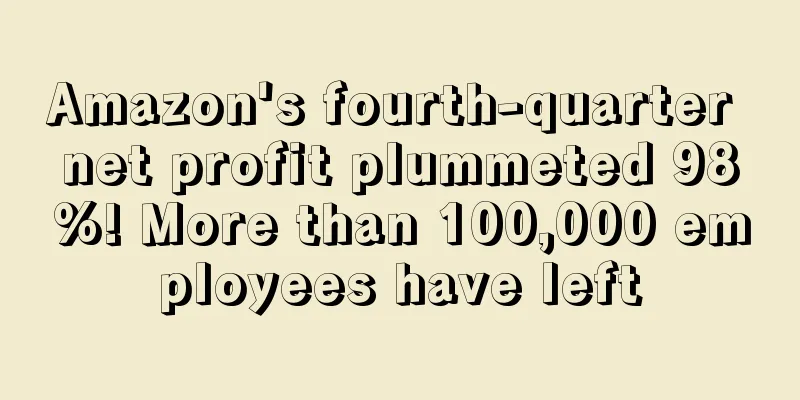FMI Research: North American grocers spent $24 billion during the pandemic

|
According to a report from FMI, grocers have spent approximately $24 billion on significant safety, labor and technology investments since March 2020. These investments include:
• Increase in wages and incentive compensation: $12 billion; •Benefit increases: $5 billion; • Non-monetary benefits and vaccine incentives: $1 billion; • Personal protective equipment (PPE) and other safety spending: $1 billion; • Cleaning and sanitation supplies, labor and other related costs: $3 billion; • Technology and online delivery costs: $2 billion
The report, Receipts from a Pandemic: Grocery Store Investments in COVID-19 and the Resulting Economics of Essential Industries, provides a comprehensive overview of these changes and a cost analysis of the actions food retailers are taking to keep stores open safely across the board.
According to the data, food retailers spent more than $1 billion on personal protective equipment and other safety expenses , another $2 billion on increased hiring for cleaning and sanitation or using outside partners for this purpose, and more than $400 million on cleaning and disinfecting products.
Food retailers are also investing in new technology and infrastructure, such as online ordering and curbside pickup services , to meet new consumer demands and the needs of people who can’t shop safely in stores.
Food retailers have hired a lot of new employees throughout the pandemic to keep up with consumer demand. This includes the addition of nearly 500,000 jobs between 2019 and 2020, and 94% of respondents said they currently have vacancies. Based on extrapolation across the industry, if all of these positions are filled in 2021, food retailers will hire an additional 100,000 workers.
Changing consumer demand combined with rising food costs led to higher total sales for food retailers over the past year, although those revenue gains were offset by increased business expenses in response to the pandemic.
Respondents reported an average profit margin of 1.06% in 2019. Their profits rose slightly in 2020, by 1.44 percentage points to 2.50%, the report showed, largely due to an initial surge in consumer purchases during the early months of the pandemic.
Most respondents expect sales to decline in 2021 as the availability of away-from-home food options increases and consumer spending and food consumption habits begin to more closely reflect the pre-pandemic environment.
Overall, 63% of respondents expect sales to decline in some way from 2020 levels throughout 2021, while another 13% expect sales to remain flat. Only 23% expect sales to increase this year.
Additionally, 75% of respondents expect profits to decline in 2021, while only 10% expect profits to increase compared to 2020.
“We all remember the uncertainty and anxiety that the initial weeks of the pandemic created, and since then, food retailers and our industry’s nearly 5 million dedicated employees have kept Americans fed and stocked store shelves while providing a much-needed sense of normalcy to the communities they serve,” said Leslie G. Sarasin, FMI president and CEO.
FMI North American Grocers |
<<: US retail industry to close 80,000 stores, online stores will continue to grow
>>: Online spending surges, UK e-commerce job vacancies hit record high
Recommend
This year's hot-selling secrets have been grasped by these sellers!
Recently, research firm Yottaa released the "...
XTransfer and Bank of China have a strategic partnership for one year, deepening cooperation to serve global SMEs
Recently, XTransfer, a one-stop cross-border fina...
Guangdong continues to lead the cross-border e-commerce market, with more than 9,200 related companies
In recent years, the development of cross-border ...
Amazon and eBay 'forced' Indian government to change foreign trade policy
Global e-commerce giants Amazon and eBay have rep...
Wan Lin, CEO of Cainiao Group: This year we will work with AliExpress to launch "Global Five-Day Delivery" to create a new benchmark for international express delivery
At the 2023 Global Smart Logistics Summit held on...
What is DefiPay? DefiPay Review, Features
<span data-docs-delta="[[20,{"gallery"...
Official announcement! Amazon's new site will be launched
Yesterday, Amazon issued a statement saying that ...
The autumn promotion report is out, and some sellers have increased their revenue fivefold!
From October 10 to 11, Amazon Prime membership pr...
What is Amazon Retail Analytics? Amazon Retail Analytics Review, Features
The full name of Amazon ARA is Amazon Retail Anal...
An employee was jailed for copying and selling company products! 100% of the operations have their own stores?
Working part-time after work has become a popular...
Russian Post partners with Yandex to start using robots for delivery!
Recently, Russian Post announced a partnership wi...
What is lauraartcouk? lauraartcouk Review, Features
LauraArtcouk has been adhering to the concept of &...
What is Naipo? Naipo Review, Features
Naipo is a home health appliance brand under Aoki...
New advertising options: Twitter will show users more ads
Recently , Bruce Falck, product manager of Twitte...
Breaking the US$1 million barrier in 10 days! Brand merchants are accelerating sales on AliExpress
In addition to traditional small and light items,...









